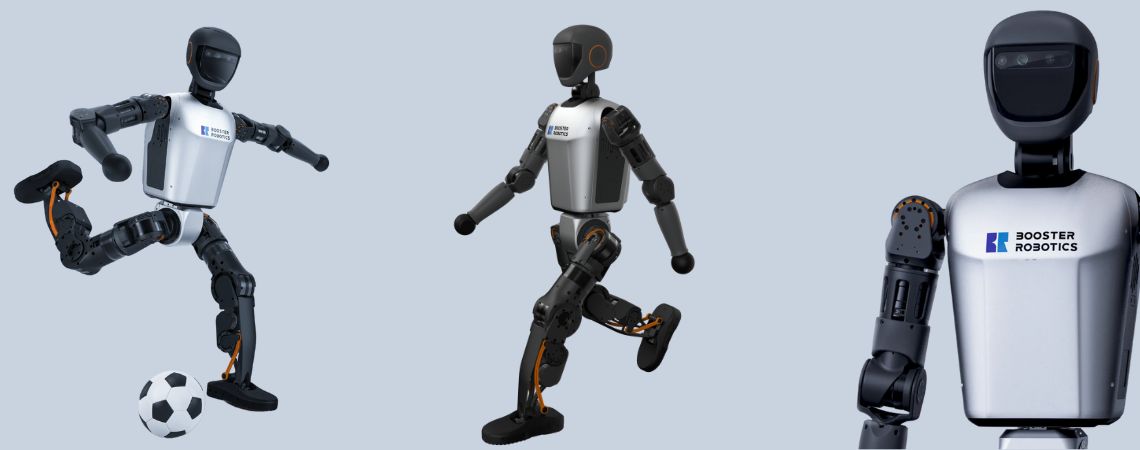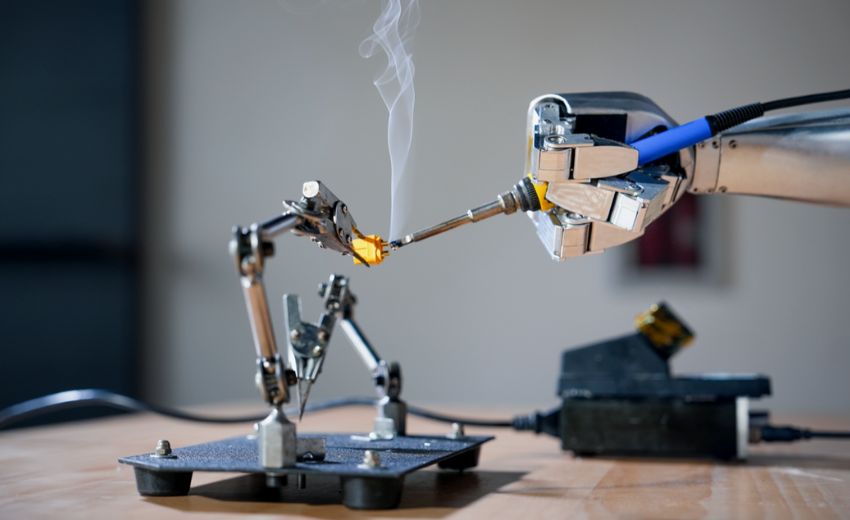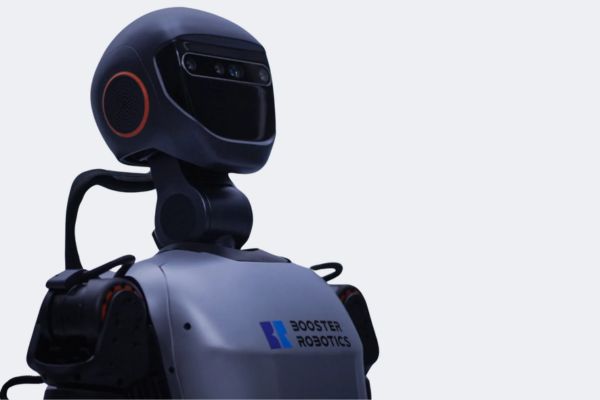-
 Visit our shop
Visit our shop
-
English

Robotics is gradually being integrated into a wide variety of industries.
Mobile robots (or quadrupeds) remain the most widely used, along with robotic arms. Combinations of the two are increasingly sought-after.
Lately, large-scale humanoid robots have been arriving on the market. Boston Dynamics, Xiaomi, Tesla to name a few. These robots are coming out of the robotics labs to be tested in factories on dangerous, repetitive or tiring tasks.
Large humanoid robots can alternate between manipulative tasks and interaction with humans.
For example, Pollen Robotics’ humanoid robot, “Reachy”, has been programmed to detect whether or not a visitor is wearing a sanitary mask. If the visitor is not wearing one, the robot gives him one.
This kind of task perfectly illustrates the added value a humanoid robot can have over another type of robot. For example, although a quadruped robot with an arm could carry out this task equally well, its design would be less welcomed by visitors.
We’re thinking particularly of the healthcare, security and other sectors.

The advantage of using a robot with an anthropomorphic design is that it can move around and carry out its tasks without the need to modify the environment.
Automakers Airbus and BMW have carried out initial factory tests with promising results (controlled environment). The idea is to set up human-robot teams, with the robots taking on the most dangerous or arduous tasks.
For example, in the aeronautics sector, many employees suffer from chronic back pain caused by assembly tasks carried out in aircraft fuselages (a tight, cluttered space).
Figure 02 humanoid robots tested at the BMW Group’s Spartanburg plant (credit: BMW Group)
Although human-sized humanoid robots have recently gained in power and performance, it’s important to stress that they haven’t reached the same stage of maturity as other robotic platforms such as mobile robots or robotic arms.
The humanoid robots currently available on the market, such as Booster T1, are designed for applications in controlled, real-world environments.

Humanoid robots work well in human-centered environments, but issues like limited autonomy and slow movement restrict their usage. While still experimental, they hold great potential for specific tasks.
